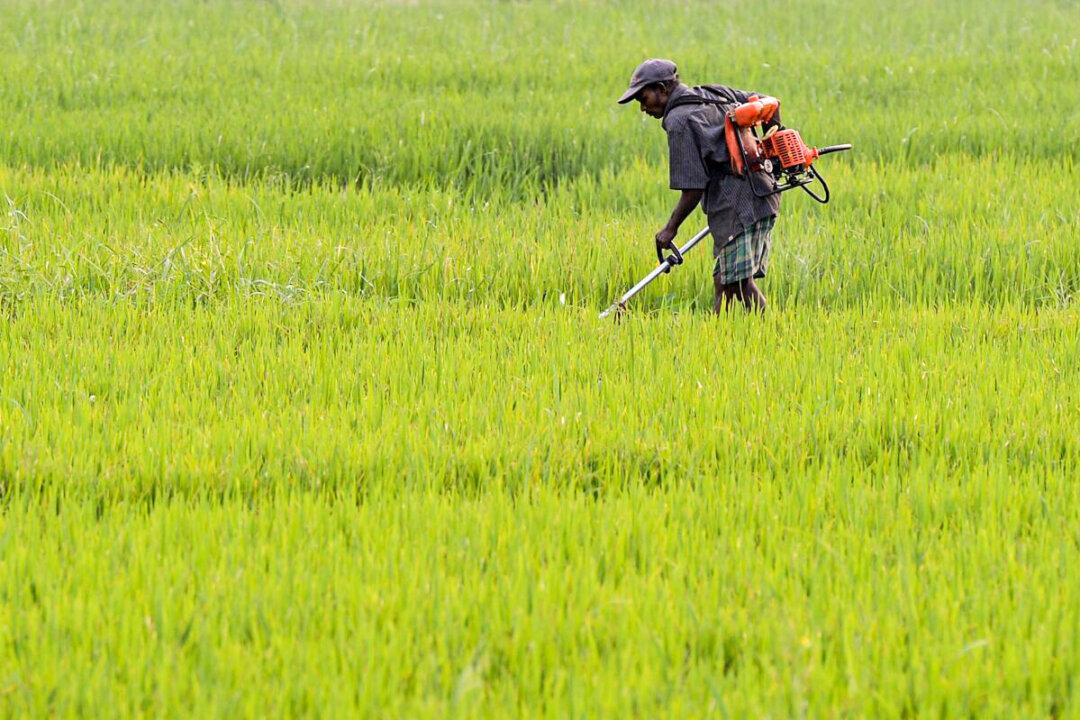NEW DELHI—Sri Lankan rice paddy fields this season became the setting for a geopolitical soft war between India and China as the island nation found that samples of fertilizer imported from China were highly contaminated and hastily requested that India import a replacement.
Rice is Sri Lanka’s staple food and is the second-largest crop in the country after tea. The country has also recently banned chemical fertilizers, aiming to become the world’s first 100 percent organic food producer.





